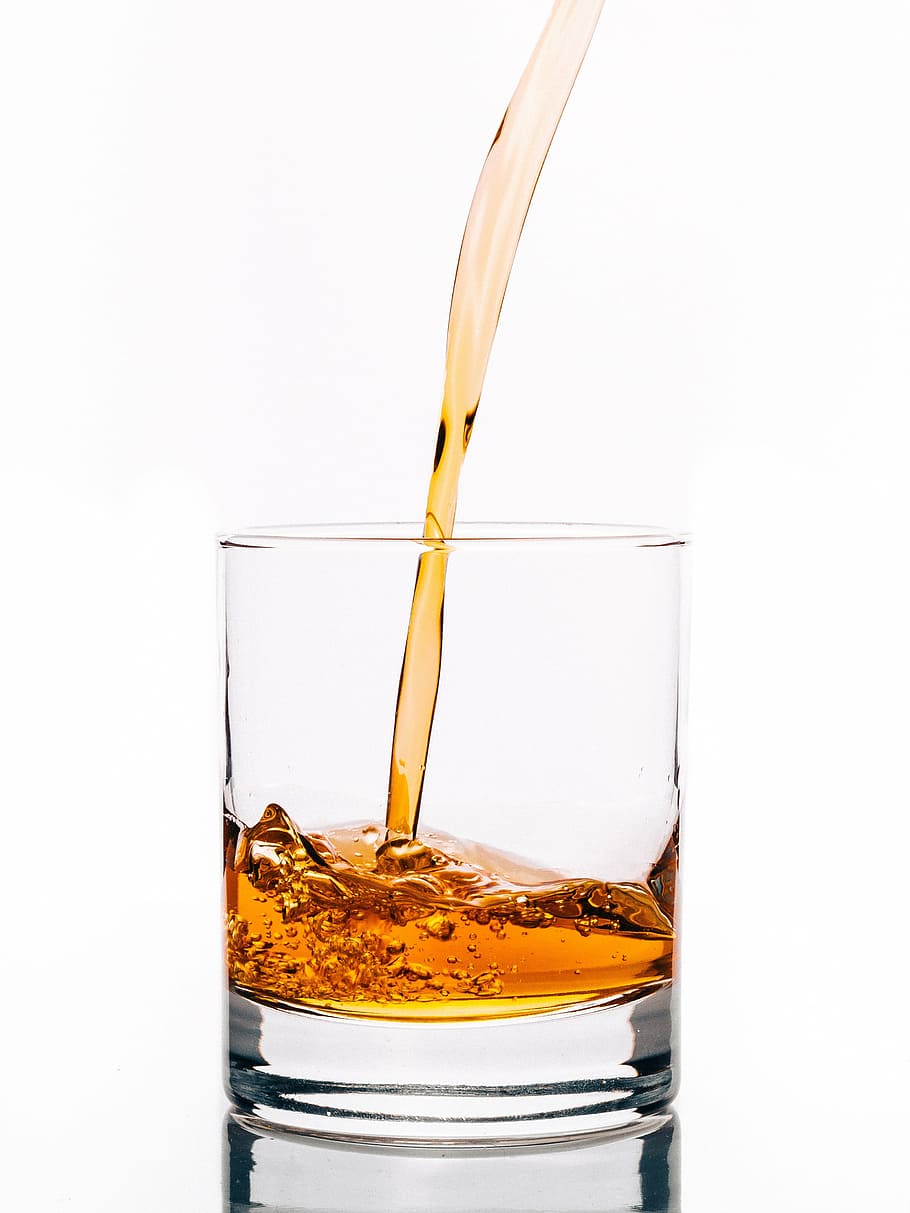
WHISKY: WATER IS A TERROIR
We hear more and more often about the 'water sommelier' as a new professional figure, but we can safely say that Whiskey producers were the first connoisseurs of water, to the point of considering it a discriminating element for the characterization of their productions.
To make Whisky you need peat, anthracite, barley, wood, but water is a fundamental component that is used in two very delicate phases of the process: at the beginning to make the barley germinate on the floor of malting and finally for the dilution of the aged distillate. Water has its own territoriality so much so that the presence of a source in every distillery is mandatory in the Scotch Whiskey regulations. Suffice it to say that some distilleries with exhausted sources have had to close!
Thus each production area will have sources with different organoleptic characteristics, for example the Whiskies of Speyside, one of the production areas of Scotch Whiskey, are characterized by the use of harder water. Speyside is a valley surrounded by the Highlands, granite hills covered by 3-4 meters of peat. Granite does not absorb the mineral salts that are in the water, so we find them all in the Whiskey.
Whisky is to all intents and purposes a beer distillate and in Scotch Whisky the beer ranges from 9 degrees to 16 degrees of alcohol. Let's see what the production steps are: the barley is malted, i.e. germinated by adding Scottish water, thus the starches in the grain they turn into sugars. The timing depends on the time of year: on average it takes 5 to 10 days, but the malting floor must always be turned because the humidity level must not be excessive otherwise the grain will rot. The germination process is stopped with hot air produced from anthracite and peat which are placed in the oven.
This is a very delicate phase which gives the peated characteristics typical of some productions. The malted barley is then dried, reduced to flour, then spring water is added and everything is brought to temperatures of 60°C and it is only in this phase that, after appropriate cooling, the yeasts are introduced to start the fermentation. The Master Distiller tastes the beer and once approval is given, the distillation begins.
Scotch involves a double distillation: the first is carried out in a larger still and 25% alcohol is obtained, in the second the alcohol is approximately 70%. In addition to water, atmospheric conditions, the shape of the stills and aging are other determining variables for Whiskey.
Without going into the specifics of the production specifications, it should be noted that the wording 'Single Malt' referring to the Whisky indicates that the production is carried out in a single distillery using exclusively single malt. barley without adding cereals and using discontinuous stills (pot-still). Instead, the wording 'Single Casc' indicates that the product comes entirely from one barrel without any bland operation.
